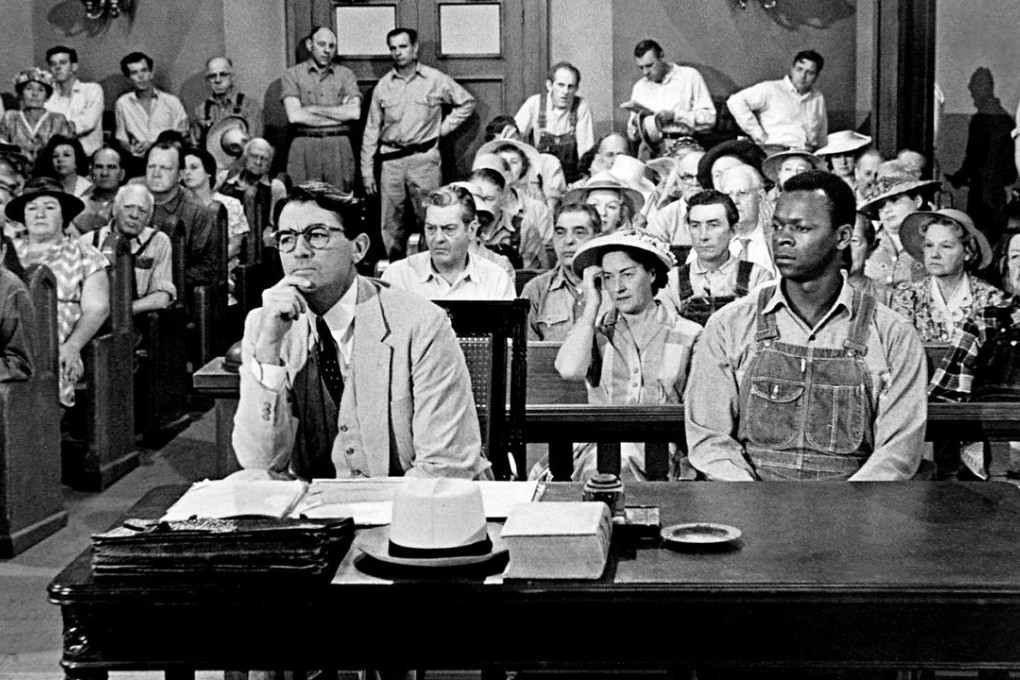Review | Go Set a Watchman: sequel that began as prequel short of being an equal
Regardless of whether Harper Lee's 'new' book is regarded as Mockingbird 2 or Mockingbird 1.0, it is a pleasure, revelation and genuine literary event. But it lacks the drama of the earlier novel


The first problem in assessing Harper Lee’s first published novel in the 55 years since To Kill a Mockingbird is whether to describe it as her first or second book. This apparently simple question has been contested in the months before Tuesday’s much publicised and heavily embargoed release of a manuscript that reportedly came to light only recently.
Chronologically, Go Set a Watchman is, in Hollywood arithmetic, a sort of Mockingbird 2, depicting the later lives of the Finch family – lawyer Atticus, his daughter, Scout, his son, Jem and their maid, Calpurnia – who appeared in Lee’s 1960 debut book about a racially inflamed rape trial in the US state of Alabama. However, in computing terms, Watchman is Mockingbird 1.0 to the Mockingbird 2.0 of the novel that was previously the 89-year-old Lee’s single published work. Some sceptical advance publicity had suggested that the new book was merely an earlier draft of the first one, representing the text before editors and publishers demanded a substantial revision.
As it turns out, however, Go Set a Watchman is of a very different order from “revised” or “alternative” editions of, for example, The Great Gatsby or Ulysses, which sought to restore or record the supposedly original intentions of F. Scott Fitzgerald and James Joyce.
Where To Kill a Mockingbird is narrated in the first person by Scout as a young girl looking back a few years to events in the early 1930s, Go Set a Watchman is a third-person narrative, in which twenty-something Scout, now favouring her baptismal name of Jean Louise, returns from New York to visit Atticus, 72 and seriously arthritic, in her hometown of Maycomb. Apart from their four-word poetic titles (the new novel’s is taken from the biblical book of Isaiah), the texts are largely independent of each other. Mockingbird is structured in 30 chapters divided between two sections; Watchman consists of seven parts including 19 chapters.
